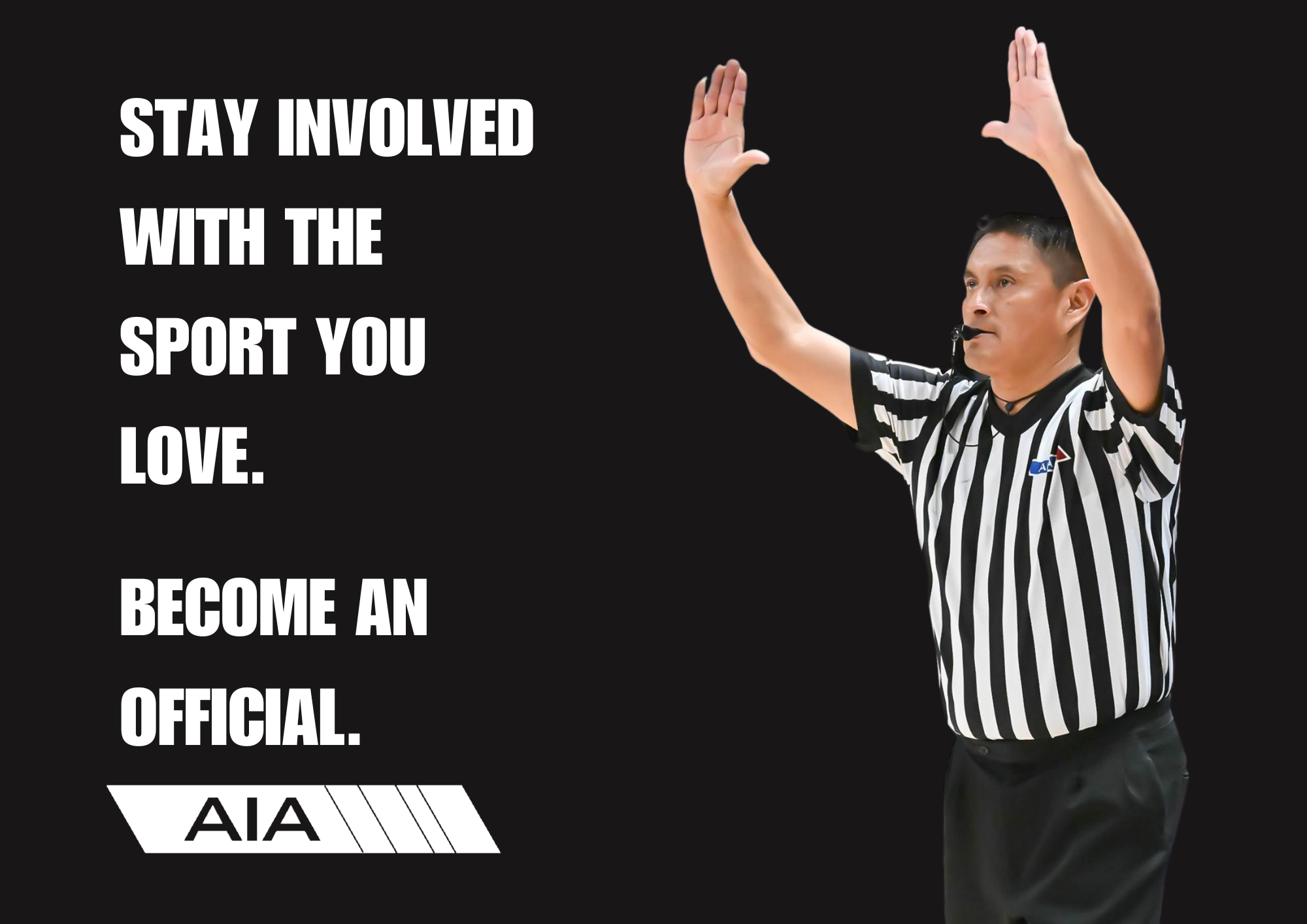Hopi's strong XC tradition traced to annual ceremonies
August 16, 2013 by Jose Garcia, AZPreps365
The last time Hopi failed to win a boys cross country team title was 1989.
The last time that program made a coaching switch was never.
But even head coach Rick Baker would agree that Hopi has a nationally recognized boys cross country program for many other reasons besides himself. At the core of Hopi’s success is an indigenous culture that values its young runners not just for their ability.
Running is a vital link that helps keep Hopi’s athletes stay connected with their roots. The Hopi reservation in Arizona is located in the northeastern corner of the state and is comprised of also the Tewa, who are originally from New Mexico.
Throughout the year, the Tewa and the Hopi participate in religious ceremonies where running plays a very important role. Young men are expected to take prayers to different springs or shrines located in villages spread about two to six miles apart.
Those prayers carry the requests for moister for the Hopi’s corn and melon fields and animals or for good health. Besides running, the Hopi fast and stay up through the night, a rigorous endeavor for anybody, especially for young men, Baker said.
To help the young men find the inner strength to continue with the ceremonies, the Hopi’s elders will often say navahongvita, which means hope, Baker explained.
“We say that (navahongvita) when we want the boys to dig down deep when they are tired,” Baker said.
It’s the same word that Hopi High’s runners hear from their throng of supporters during cross country events.
But Baker needed more than just a strong running lineage to start reeling in one state trophy after another. After recruiting on-campus talent and getting his first three classes of runners to believe in Baker’s discipline doctrine, Hopi took off and hasn’t looked back since 1989, winning a national high school cross country record 23 consecutive titles.
“It (23 titles) is pretty amazing,” Baker said. “I would have been satisfied with one. Again, it goes back to our tradition.”
Having every type of trail needed for training at their doorstep in scenic Keams Canyon also is a blessing for Baker and his runners.
Also beneficial for training is the high elevation (about 6,500 feet) of Keams Canyon. Hopi has experienced loss during its two-plus decades of dominance, however.
Three years ago one of Hopi’s top runners, Rydell Namoki, was accidently shot and killed during a ROTC rifle drill before the start of that season.
“It was a total shock,” Baker said. “He (Namoki) was one of our best kids and never got in trouble. It affected the whole community.”
Baker and his team leaned on each other during the difficult moments after Namoki passed away.
That year Hopi honored Namoki by winning yet another small school title. The modest Baker didn’t say the word dynasty when he described his program or mentioned retirement during a recent interview.
He is in his 27th season at the helm and doesn’t appear ready to step down. Another number he is proud of is 26.
That’s how many years he’s been married to his wife, Deborah, who he met when he attended Winslow High, where Baker was a cross country champ. Baker and Deborah have two boys, and one of them, Chad, is as old as Hopi’s current cross country state title streak, 23.
“I’ve been fortunate to have a great family,” Baker, 54, said. “I get a lot of support from them. I’ve also had some great coaches along the way, which have helped me guide our runners.”
Throughout the 2013-14 school year aia365.com will continue to unveil more of the top 100 moments and people who helped shape the landscape of high school sports in Arizona to celebrate the AIA’s 100th anniversary.


